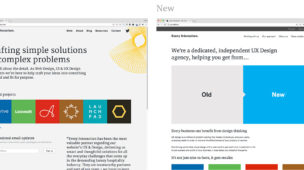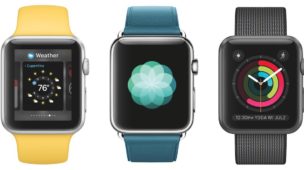Last week saw the launch of a new site we’ve designed for The Castle Climbing Centre in Manor House, North London. The Castle is a fantastic warren of climbing walls, caves and turrets all nestled inside a Victorian water tower. This year it has undergone substantial development including new bouldering areas on the upper levels and the addition of two huge outdoor artificial boulders.
The Castle has been awarded for it’s sustainable business practice, and has a multitude of initiatives that aim to minimise the environmental impact of the business and give back to the local community. With it’s own community garden — with outdoor Pizza oven — food is grown for their cafe and herbs are used to make lip balms for sale in the shop. They run lots of events and competitions with great programmes for developing young climbers and introducing non-climbers to the sport.
So as you can tell, these guys have a lot going on! And all came together to form the brief, to give the team a platform to share the hive of activity that is The Castle with the climbing and local community. The foundation is now in place and it’s ready to start showing off their activity through a multitude of blog channels, photo galleries of events and guides to all things climbing. Like all good things digital it now needs to grow and evolve. Built on Drupal CMS, a new payment gateway will soon add the finishing touch to the re-development of the site. Drupal’s not been without it’s development challenges — much grumbling from the front-end developers— but the client is pleased to have things back under their control so they can publish at will and share the good goings on.
Design wise we looked to capture some of the Castle’s quirky character and rough edges. We aimed to strike a good balance between being informative, easy to use and visually engaging. As with all our projects these days it’s built responsively with a bit of optimisation for iPads and Mobile —such as switching to an off-canvas nav, making it easier to get navigate with your thumb.
So if you fancy a bit of the high-life take little look around castle-climbing.co.uk.





